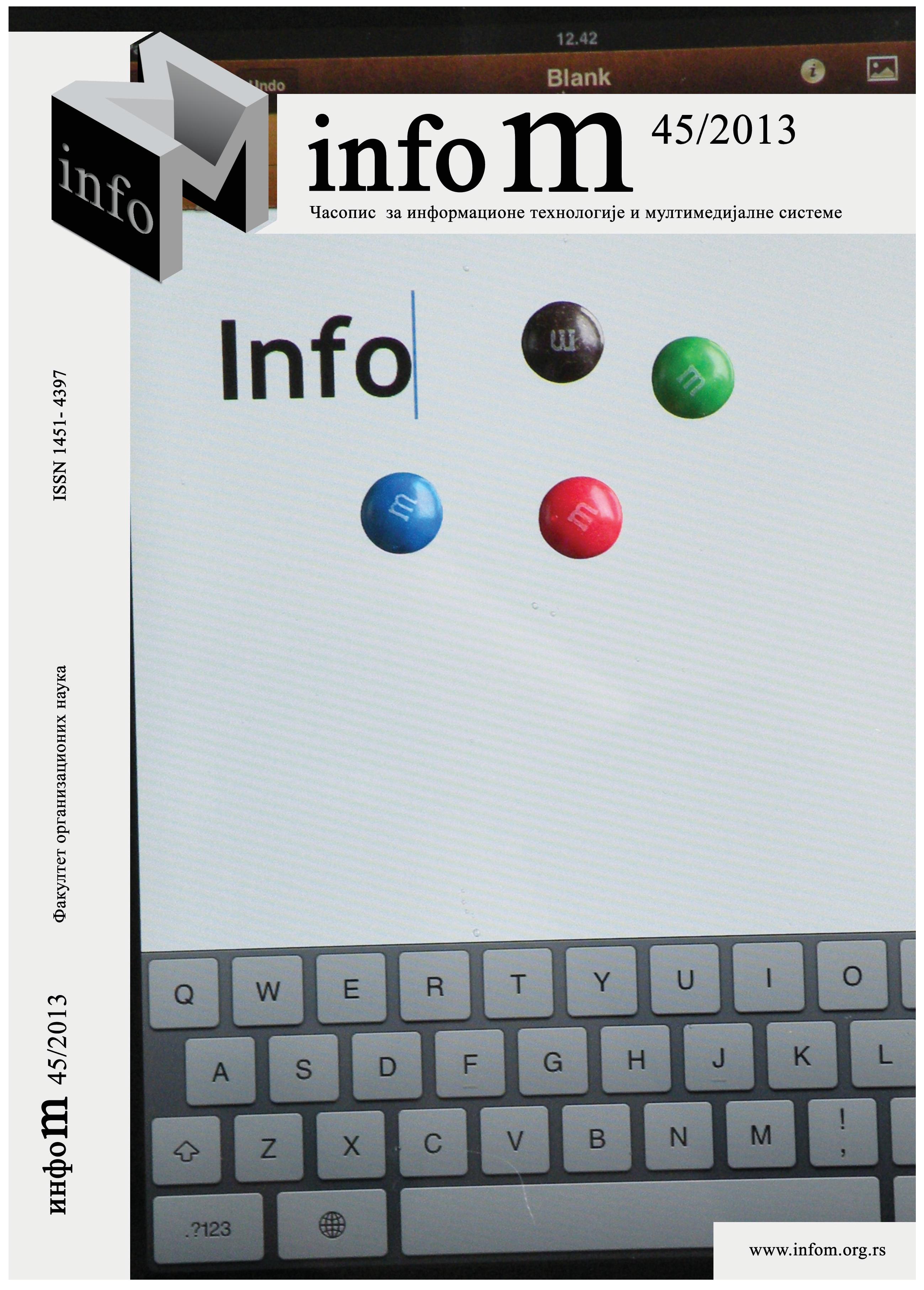COMPARISON OF THE AUTOMATIC SPEAKER RECOGNITION PERFORMANCE OVER STANDARD FEATURES
Keywords:
Automatic Speaker Recognition, Gaussian Mixture Models, Mel-Frequency Cepstral Coefficients, Linear Prediction Coefficients, Perceptual Linear Prediction, Hidden Markov Model, HTK


